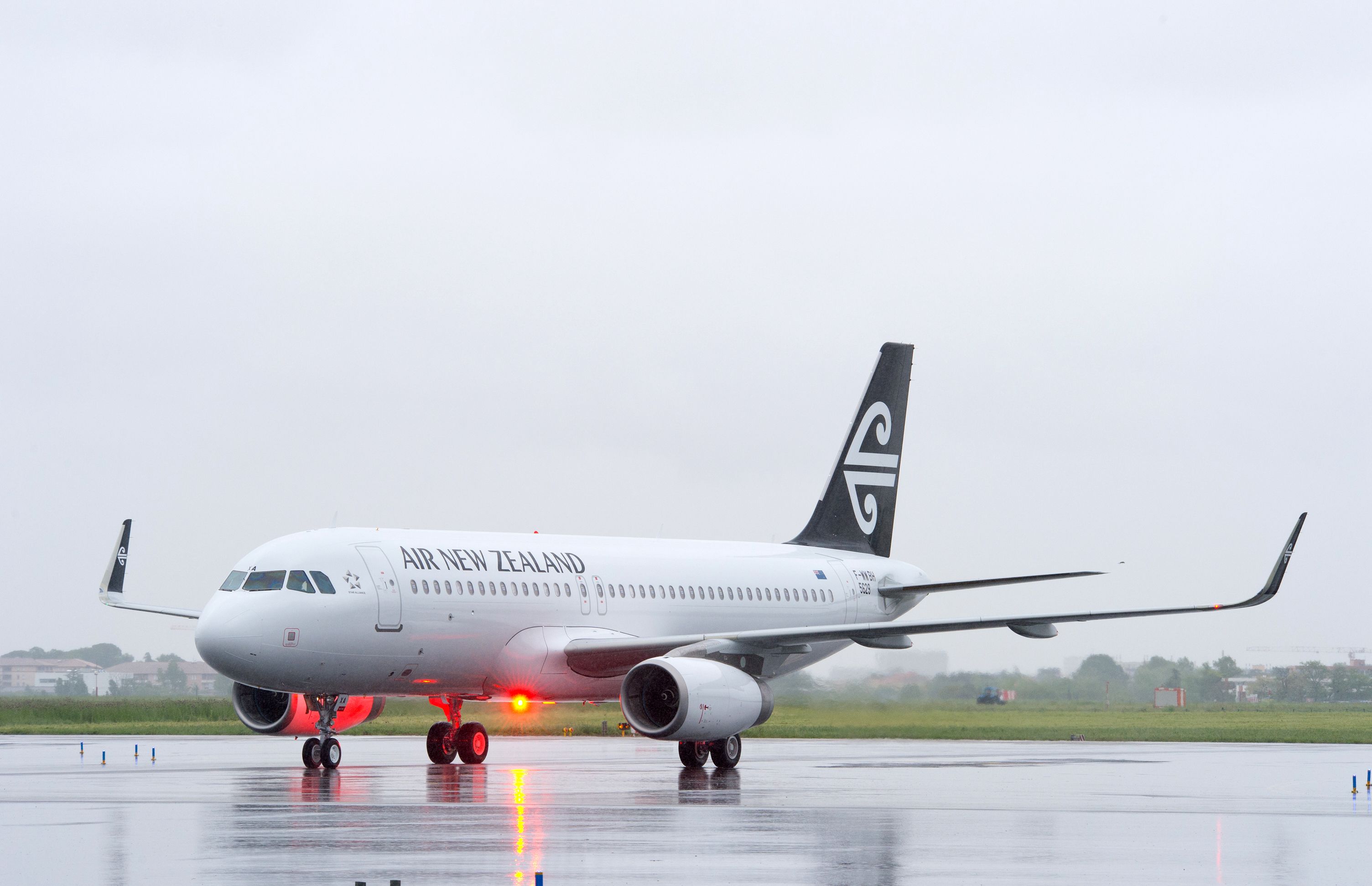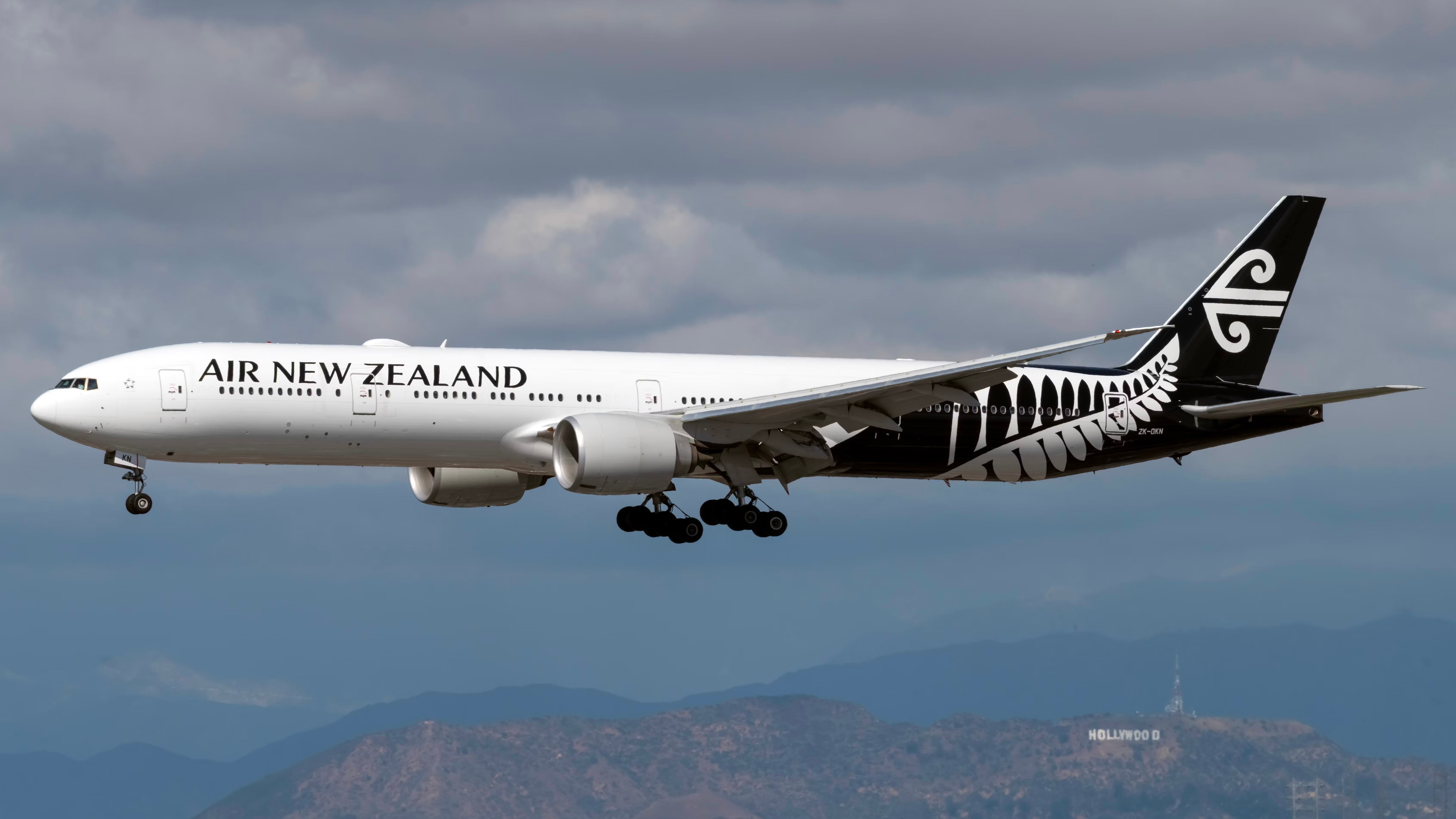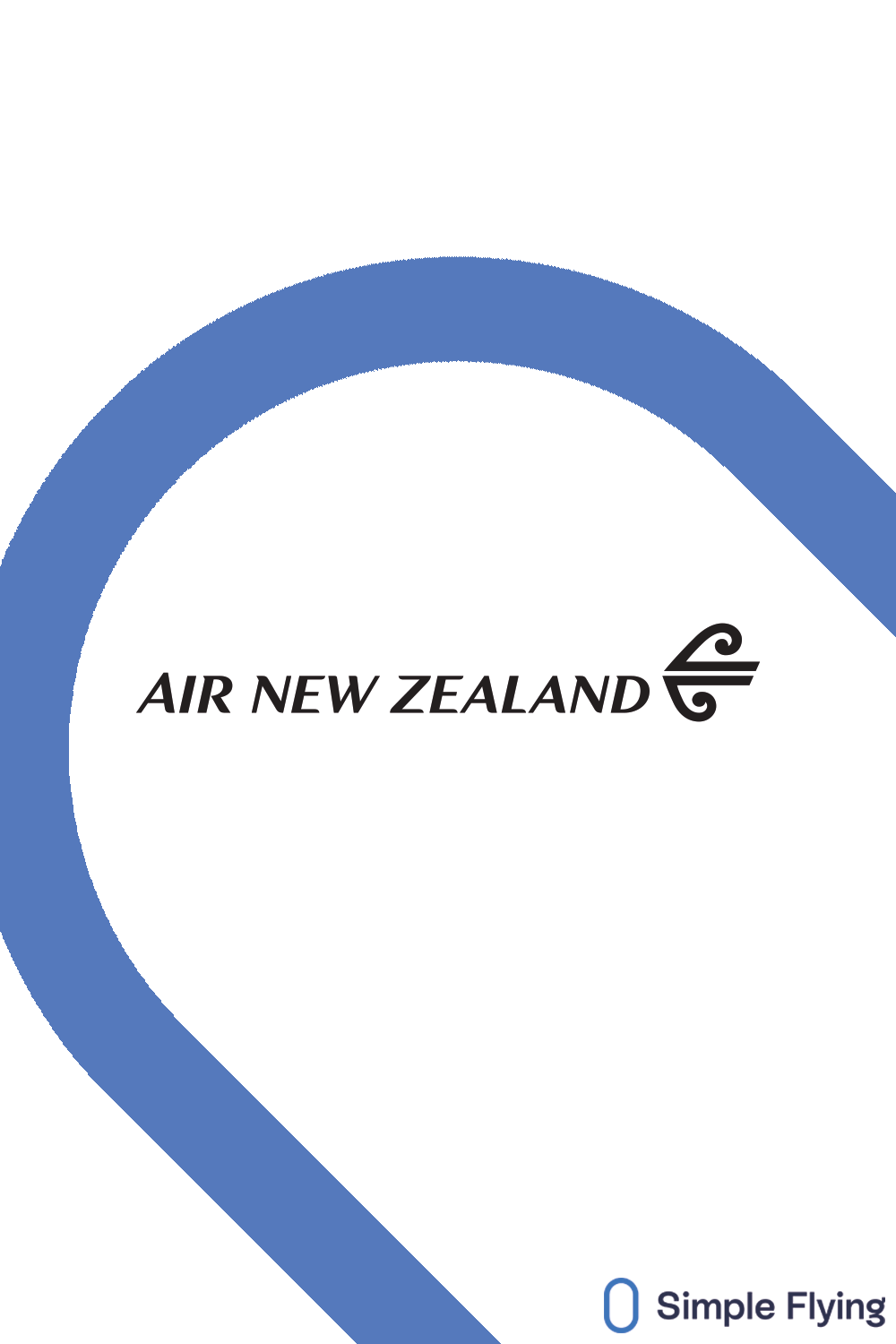Summary
- Air New Zealand has been ranked as the safest airline in the world in 2023, narrowly surpassing Qantas by only 1.5 points.
- The airline operates in challenging weather environments, putting pilots’ skills to the test with difficult approaches at Wellington and Queenstown airports.
- When evaluating airlines, AirlineRatings considers factors such as serious incidents, fatal accidents, audits, profitability, safety initiatives, pilot training, and fleet age, but not events like bird strikes or weather diversions that are beyond the airline’s control.
AirlineRatings ranked Air New Zealand as the safest airline in the world in 2023, with the New Zealander airline taking over the top spot from Australia’s Qantas by a narrow margin, according to the website, which has published a list of over 45 airlines that were considered the safest in 2023.
Thin safety margins
Geoffrey Thomas, the Editor-in-Chief at AirlineRatings, said that the site’s top twenty-five safest airlines are “all standouts in the industry and are at the forefront of safety, innovation, and launching of new aircraft.” As such, the “safety margins between these top twenty-five airlines are very small.”
“Between Air New Zealand and Qantas, there are only 1.5 points, it’s incredibly close.”
Thomas also remarked that the airline operates in some of the most challenging weather environments, testing pilots’ skills constantly with difficult approaches at Wellington International Airport (WLG) and Queenstown Airport (ZQN).
According to the site, when evaluating an airline, it considers a range of factors that include “serious incidents, recent fatal accidents, audits from aviation’s governing and industry bodies, profitability, industry-leading safety initiatives, expert pilot training assessment and fleet age.” However, bird strikes, turbulence injuries, weather diversions, and lightning strikes are not accounted for since “the airline has no control over such events.”
The other airlines in the list include Qantas, Virgin Australia, Etihad Airways, Qatar Airways, Emirates, All Nippon Airways, Finnair, Cathay Pacific Airways, Alaska Airlines, SAS, Korean Air, Singapore Airlines, EVA Air, British Airways, Turkish Airlines, TAP Air Portugal, Lufthansa Group, KLM, Japan Airlines, Hawaiian Airlines, American Airlines, Air France, Air Canada Group, and United Airlines.
Photo: Airbus
Meanwhile, AirlineRatings also included the list of the safest low-cost carriers globally, listing 20 no-frill airlines: Jetstar, easyJet, Ryanair, Wizz Air, Norwegian, Frontier Airlines, Vueling, Vietjet Air, Southwest Airlines, Volaris, flydubai, AirAsia Group, Cebu Pacific, Sun Country Airlines, Spirit Airlines, Westjet, JetBlue, Air Arabia, IndiGo, and Eurowings.
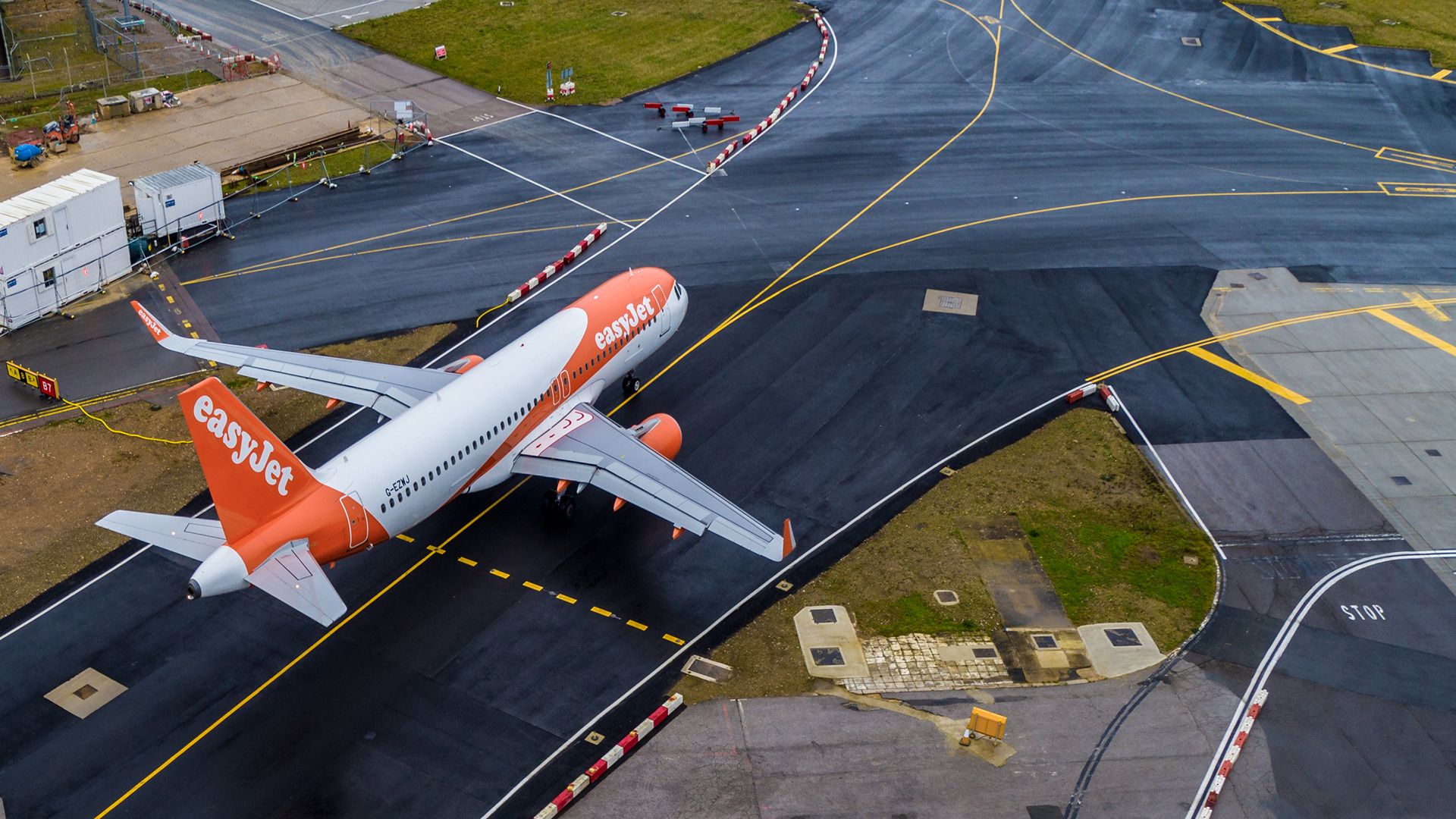
36% Of All Flights Worldwide Are Low-Cost
The country with the highest percentage of low-cost flights is Latvia.
Air New Zealand’s safety data
Ch-aviation data showed that, on average, the airline’s aircraft is 8.7 years old, with the airline having a fleet of 104 airplanes, mixed between single-aisle and twin-aisle jets, as well as ATR 72-600 and De Havilland Canada DHC-8-Q300 turboprops. The oldest subtype is the Q300, which, on average, is 17.2 years old. The youngest subtype is the Airbus A321neo, with Air New Zealand’s A321neos being 3.4 years old on average.
The airline has also been involved in several incidents during 2023, which included a lightning strike, a turn-back due to a fuel issue, a cracked windscreen, and a false in-flight emergency when the airline’s Boeing 777-300ER descended 7,000 feet (2,133 meters), triggering an automated emergency warning that requested passengers to put on oxygen masks.
Photo: Vincenzo Pace I Simple Flying
In January 2023, an Air New Zealand Boeing 777-300ER, registered as ZK-OKN, suffered a runway excursion when landing at Auckland Airport (AKL). According to the New Zealand Transport Accident Investigation Commission (TAIC), the aircraft landed at AKL “during wind gusts and very heavy rain.” Shortly after touching down at the airport, “the aircraft briefly lost directional control, veered away from the runway centreline, regained control, completed the landing, and taxied the aircraft to the airport terminal.” As a result of the incident, six runway edge lights were damaged, while the aircraft only sustained minor damage to the undercarriage assembly, and one tire was deflated. No crew members or passengers suffered any injuries during the event.
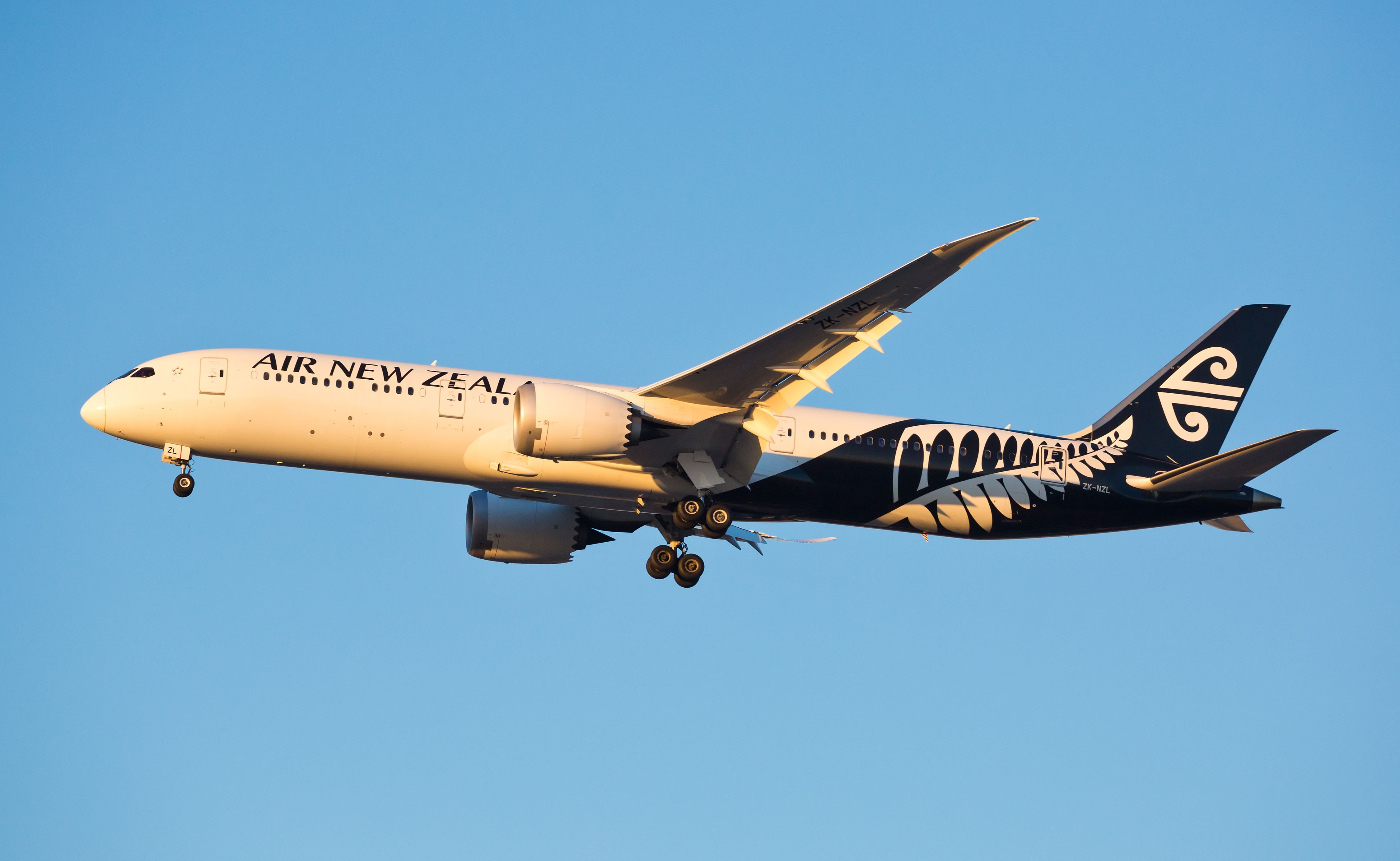
Air New Zealand Boeing 787 Returns To Auckland Over Fuel Issue
The aircraft remains on the ground as engineers work to solve the discrepancy.

